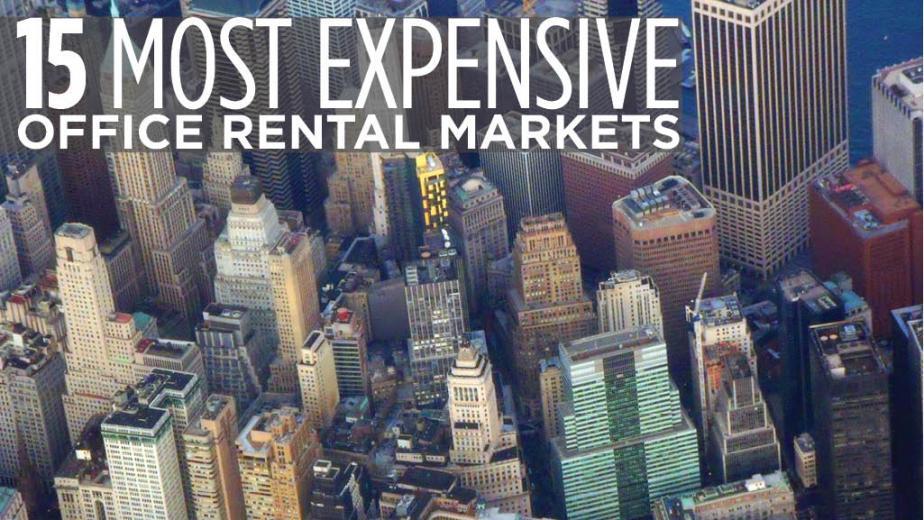1 16
1 16
Suburban Boston currently carries prime office occupancy costs of $46.80 per sq. ft. per year, an increase of 5.4 percent compared to 12 months ago.
Fifth on the list is Los Angeles, which has almost three times the amount of multifamily units—28,203—under construction than it has planned, 10,240. It has the fourth-highest amount of units being built now.
Occupancy costs in suburban Houston went down by 1.2 percent over the past 12 months, to $50.15 per sq. ft.
Office occupancy costs also decreased in suburban Washington, D.C., by 0.1 percent to $50.16 per sq. ft.
In suburban Seattle, on the other hand, occupancy costs went up 2.3 percent, to $50.16 per sq. ft.
Chicago also represents a market where there is far more units under construction than planned—there are 9,282 planned units, yet just 17,665 being built today.
The biggest jump in occupancy costs over the past year was in downtown Seattle, at 22 percent. Prime office occupancy costs in the city now stand at $51.92 per sq. ft.
Occupancy costs on San Francisco Peninsula rose 11.7 percent, to $76.31 per sq. ft.
Los Angeles/Orange County got a score of 47.4, displacing Westchester County on the top 10 lsit. There is 5.9 million sq. ft. of life sciences space in the area, with a vacancy rate of 3.4 percent and average asking rents of $10.60 per sq. ft.
Downtown Manhattan experienced a 4.6 percent jump in occupancy costs, to $86.36 per sq. ft.
In downtown Washington, D.C. office occupancy costs increased 2.4 percent, to $87.76 per sq. ft.
Boston has supply/demand dynamics that support rent growth, according to Chang, and the local economy is outperforming the nation. A first quarter 2017 JLL report noted that Boston recorded the largest decline in unemployment of all U.S. major metro markets in 2016, with 50,000 jobs created. Demand for space advanced across the market, and rents continued on an upward trend, pointing to another solid year for the greater Boston area.
After a record 8 million sq. ft. of space was absorbed since 2014, occupancy gains dropped slightly in the first quarter, but vacancy held steady at 13.9 percent. Lack of available space in Cambridge and the Seaport sub-markets, however, fueled absorption in adjacent areas and renewed leasing momentum in the inner suburbs, pushing overall market rents up 3.0 quarter-over-quarter.
There is about 3.1 million sq. ft. of new office product under construction in the Boston region, but just 1.6 million sq. ft. will be delivered this year, which is less than half of the new supply absorbed last year, the report noted.
Investment sales volume in the greater Boston area totaled nearly $16.1 billion in 2016, according to NGKF. A CBRE report noted that foreign and domestic capital sources competed fiercely for high quality urban office assets in Boston and Cambridge.
New York, which came in third on the CMI, is a top expansion market for Bay Area tech giants, which leased 3.4 million sq. ft. of office space in the Big Apple over the last five years. This market added the largest amount of people in tech occupations between 2011 and 2016 and now has the most U.S. workers employed in tech occupations. Besides its concentration of the world’s biggest companies, New York is second only to San Francisco for the highest number of tech start-ups among cities included in the CMI.

